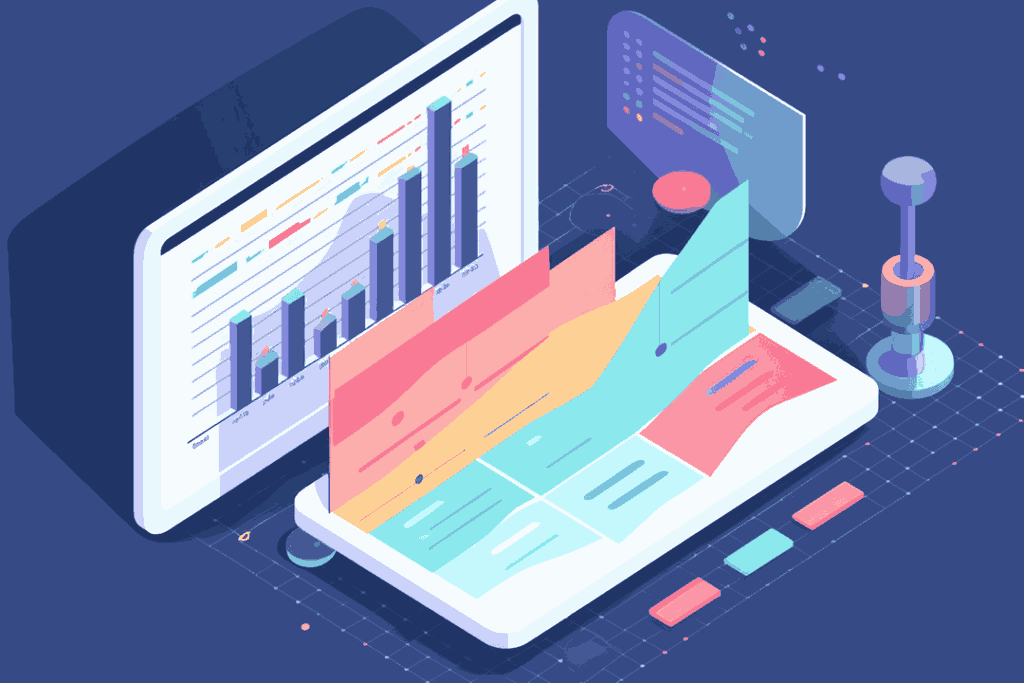
Returning customers product market fit Shopify — those five words might hold the key to why your store grows steadily or stalls out.
If people are coming back and buying again, it’s a sign they didn’t just like the product — they needed it. And that’s the foundation of product-market fit. That’s why tracking returning customers isn’t just about retention. It’s one of the fastest ways to know if your store is building something people actually want. And if you can spot that early, you’ll know where to double down and what to cut.
What Product-Market Fit Looks Like in Shopify
You don’t need surveys or consultants to know if your product is working. Just look at the behavior:
If customers come back to buy more, refer friends, or stock up before running out, that tells you the product solves a real problem. On the other hand, if they buy once and disappear, it might be a novelty — not a necessity.
How Repeat Purchases Signal Demand
A product that’s bought once might have great marketing. But a product that’s bought twice or three times proves it has staying power.
When you look at your repeat purchase rate, you’re really looking at product satisfaction and market alignment.
Why Some Stores Mistake Sales for Fit
Big sales spikes feel good, especially after a campaign. But sales don’t always mean fit. If your return rate is high or follow-up purchases never happen, you’re pushing product, not solving a problem.
Shopify store owners sometimes confuse conversion with connection. Fit is about habit, not hype.
Use Returning Customer Data to Find Your Core Products
Your repeat buyer behavior can help you identify your real winners. These products might not go viral — but they quietly sell month after month.
Run your First-Time vs Returning Customers report, and track which SKUs repeat buyers are choosing. That’s how you spot the ones people depend on.
What Low Return Rates Say About Fit
Returns are the opposite of fit. If customers are sending items back or requesting refunds often, that’s a signal something’s off — maybe pricing, quality, or product description.
Products with low returns and high reorders? Those are your sweet spot. This doesn’t mean you should give up. Instead, start testing one change at a time — like revising your product description, tweaking pricing, or improving packaging. The goal is to create a smoother path between the first and second purchase. Once you see that shift, you’ll know you’re moving in the right direction.
How to Strengthen Product-Market Fit Over Time
Fit isn’t fixed. It gets stronger as you refine the offer, clarify the promise, and collect more customer data.
- Track repeat purchase rate by SKU, not just store-wide
- Improve your product pages based on customer support questions
- Use reviews to highlight what customers actually care about
- Bundle high-retention products with newer ones
Don’t Let New Shiny Products Distract You
New launches can feel exciting. But chasing every trend can pull you away from your core. Your repeat buyer behavior is a better guide.
If you’re unsure where to focus, lean on what’s already bringing people back. The Shopify reports you already have contain the clues. The key is knowing which ones to watch. For example, if your average time between purchases is growing, you may be drifting from product-market fit. But if it’s shrinking, and repeat buyers are spreading across more SKUs, that’s real traction.
Let Returning Customers Show You What’s Working
You don’t need guesswork to understand product-market fit. Returning customers do the talking for you.
Watch what they buy again. Listen to what they say in reviews. And track your repeat rate over time.
When customers return, you’re not just making sales. You’re building a business that lasts.
What If They’re Returning… But Only for Discounts?
It’s possible to get returning customers without product-market fit — but only if you’re constantly discounting. This is a trap. It trains your customers to only buy when there’s a deal and masks how they actually feel about your product.
Look closely at how many repeat purchases happen at full price. If most of your reorders only happen when you run a promotion, you may be covering up bigger problems. Great products don’t need constant discounts to sell again.

By the Numbers
Empower your business with our Shopify Data Driven App

- ✔ Know Your Audience Behavior
- ✔ Deep Customer Segmentation
- ✔ Retarget With Integrations
- ✔ All The KPIs & Reports You Need


